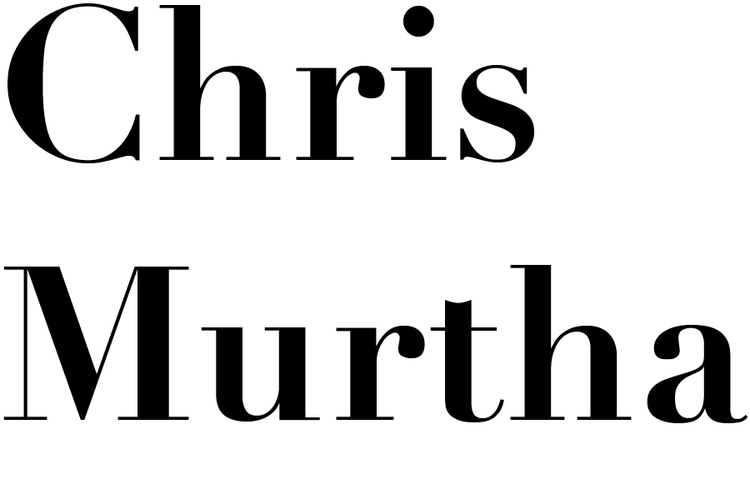With subversive and deadpan wit, the collaborative Swiss artists Peter Fischli and David Weiss made a career of exploring the mundane as well as the profound. In How to Work Better, the Guggenheim’s comprehensive and immensely enjoyable retrospective, this dichotomy is perhaps most evident in the massive presentation of Suddenly This Overview (1981–present), their ever expanding collection of rough-hewn, unfired clay vignettes and figurines. As with many of the duo’s works, the project is a fool’s errand—an encyclopedic attempt to document earthly matters and concerns. The subjects depicted range from the personal (Fischli’s first day of school) and commonplace (a loaf of bread) to the esoteric (Lacan’s mirror stage) and historical (George Washington crossing the Delaware), and also include the sub-series, “Popular Opposites.”
When pleasurably lost amid the dizzying forest of pedestals, it seems like this installation of diminutive clay sculptures could continue spiraling up the museum’s iconic ramp without end. Instead, the exhibition winds down with several galleries devoted to the artists’ polyurethane sculptures—meticulously crafted objects presented in trompe l’oeil installations that suggest spaces in transition. As they progress up the ramp, the polyurethane arrangements become increasingly spare and Fischli and Weiss’ simulations merge with the architecture and operations of the museum. The exhibition comes to a close and fades to black with Questions (2000–2003), a darkened room illuminated by a slide show of handwritten texts and the occasional doodle—the artists’ humorous take on the inquisitive, but slightly dreadful, thoughts and anxieties that can keep one awake at night.
Nocturnal reflections, such as “What does my soul do when I’m at work?,” “Does a ghost drive my car at night?,” and “Am I asleep?,” bring us full circle from the two subtly animatronic sculptures positioned at the bottom of the ramp—sleeping miniatures of the duo’s alter egos, Rat and Bear. These recumbent figures, as well as the “disappearing act” of the polyurethane installations, provide a stark contrast to the elaborate, big-budget spectacles other artists have presented in the Guggenheim’s cavernous rotunda. The exhibition as a whole serves as a bittersweet memorial to David Weiss, who died in 2012, and an understated celebration of a thirty-three year collaboration between two beguiling and irreverent pranksters.
Images (top to bottom): Installation view of Suddenly This Overview, 1981–present, with “Mick Jagger and Brian Jones Going Home Satisfied After Composing ‘I Can’t Get No Satisfaction’” and “Ancient Fertility Symbol”; Installation view of Untitled, 1994, Painted polyurethane, 19 parts, Courtesy Matthew Marks Gallery; Installation view of Questions, 2000–2003; Rat and Bear (Sleeping), 2008, Cotton, wire, polyester, and electric mechanism, Dimensions variable. (Photos: Chris Murtha)
